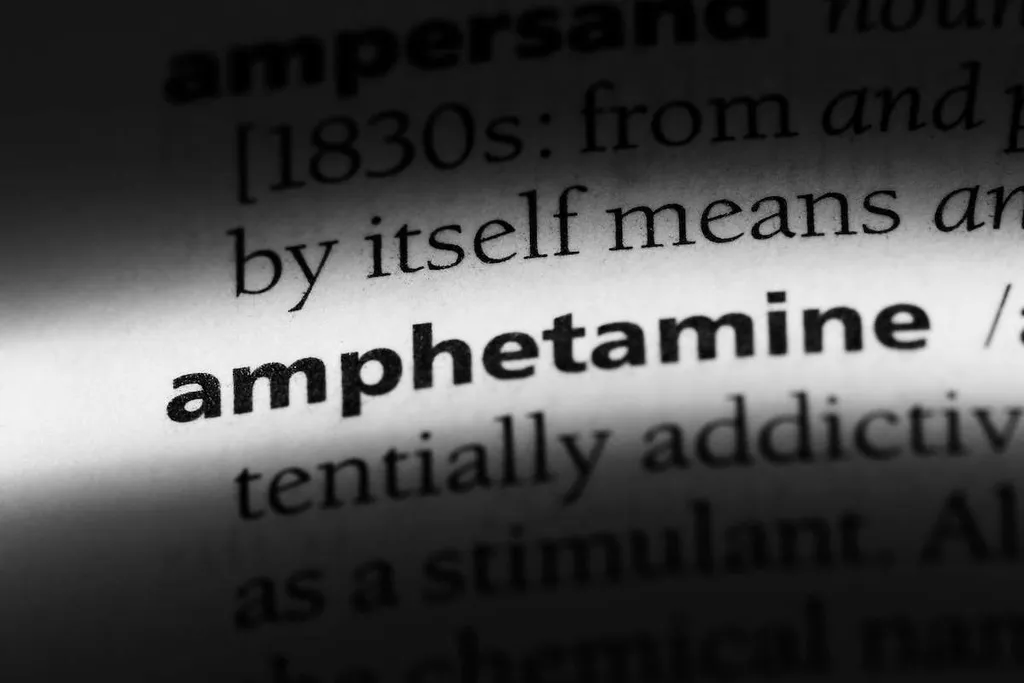Managing Alcoholic Ketoacidosis: Treatment Options and Recovery
Managing Alcoholic Ketoacidosis: Treatment Options and Recovery

Addiction treatment addresses the root causes of alcohol use, helping individuals prevent Sober living home conditions like AKA and achieve lasting sobriety. For those struggling with alcohol addiction, seeking professional help is essential. Addiction treatment programs can address the root causes of alcohol use and provide tools for long-term recovery. Participating in a recovery program can significantly reduce the risk of AKA and other alcohol-related health problems.

What is the treatment of alcoholic ketoacidosis by a medical professional?
There are different types of intravenous fluids used in the treatment of AKA, including isotonic and hypotonic solutions. Isotonic fluids, such as normal saline or lactated Ringer’s solution, have a similar concentration of electrolytes as the body’s fluids. These fluids are commonly used to restore fluid balance and replace lost electrolytes. In addition to medical treatment, it is crucial for individuals with AKA to receive support for alcohol cessation and nutritional rehabilitation. Addressing the underlying alcohol abuse is vital to prevent future episodes of AKA and promote overall recovery. Alcoholic ketoacidosis is a complication of alcohol use and starvation that causes excess acid in the bloodstream, resulting in vomiting and abdominal pain.

Health Conditions
This unfavorable ratio of insulin to glucagon activates hormone-sensitive lipase, which breaks down triglycerides in peripheral fat stores, releasing long-chain fatty acids and glycerol. The fatty acids undergo beta-oxidation in the hepatic mitochondria and generate acetyl-CoA. An increased anion gap metabolic acidosis occurs when these ketone bodies are present as they are unmeasured anions. Alcoholic ketoacidosis5 occurs in patients with chronic alcohol abuse and liver disease and usually develops following abrupt withdrawal of alcohol or an episode of acute intoxication. It is not uncommon for the ingested ethanol to have already been metabolized, leading to low or normal serum levels when checked.
- Antiemetics such as ondansetron or metoclopramide may also be given to control nausea and vomiting.
- In AKA, transaminitis, and hyperbilirubinemia due to concurrent alcoholic hepatitis may also be present.
- EDKA patients can present with nausea, vomiting, shortness of breath, generalized malaise, lethargy, loss of appetite, fatigue, or abdominal pain.
- Examination should reveal a clear level of consciousness, generalised abdominal tenderness (without peritoneal signs), and tachypnoea.
Table 1 Metabolic factors affecting acid base balance in AKA .
Users may not be aware that they are consuming substances mixed with xylazine, leading to more severe medical complications and a heightened likelihood of respiratory depression. It is crucial for individuals to be aware of these dangerous mixtures and seek immediate medical attention if they experience any alarming symptoms. AKA often occurs in people with a history of binge drinking, chronic alcohol use, or malnutrition. It is more likely to develop during alcohol withdrawal or after episodes of excessive vomiting.
Deterrence and Patient Education

In conclusion, insulin therapy is a vital component of the treatment of alcoholic ketoacidosis. It helps to correct metabolic imbalances by lowering blood sugar levels and alcohol ketoacidosis treatment reducing the production of ketones. Additionally, insulin therapy promotes recovery by restoring normal glucose metabolism and providing cells with the energy they need.


